This article is taken from PN Review 233, Volume 43 Number 3, January - February 2017.
Poetry for the Future: Thom Gunn & the Legacy of Poetry
HOW CAN A POEM be like a novel? Or perhaps a better question would be, why should a poem be like a novel? These were questions that Thom Gunn posited whilst writing his seventeen-part mini-epic, Misanthropos. The poem, in Gunn’s own words, is:
You would be forgiven for thinking this the blurb for a sci-fi novel, in the manner of Arthur C. Clarke’s Against the Fall of Night. Misanthropos’s pre-publication names (‘The Last Man’, ‘The Book for the Last Survivor’, ‘For the Survivor’) would only support this preconception. Yet, with its highly formal style and its measured appearance – fourteen out of seventeen sections fit perfectly onto one page – there is no mistaking it for anything but a poem. In fact, Gunn’s poem seems obsessively concerned with poetry’s formality. In the second part of Misanthropos, Gunn plays a clever trick of verse, utilising the highly artificial Renaissance echo-poem to depict his protagonist’s first encounter with a post-apocalyptic human:
Creeping in from the right-hand margin, a space not often occupied by poetry, comes the soft sound of another voice. Or, ...
the account of a man on his own. It is divided into four parts. In the first, he has escaped out of battle into a distant part of the world; on his journey he sees nobody, and concludes that he is the only human being left alive on earth.1
You would be forgiven for thinking this the blurb for a sci-fi novel, in the manner of Arthur C. Clarke’s Against the Fall of Night. Misanthropos’s pre-publication names (‘The Last Man’, ‘The Book for the Last Survivor’, ‘For the Survivor’) would only support this preconception. Yet, with its highly formal style and its measured appearance – fourteen out of seventeen sections fit perfectly onto one page – there is no mistaking it for anything but a poem. In fact, Gunn’s poem seems obsessively concerned with poetry’s formality. In the second part of Misanthropos, Gunn plays a clever trick of verse, utilising the highly artificial Renaissance echo-poem to depict his protagonist’s first encounter with a post-apocalyptic human:
At last my shout is answered! Are you near,
Man whom I cannot see but can hear?
Here.
(Misanthropos II)
Creeping in from the right-hand margin, a space not often occupied by poetry, comes the soft sound of another voice. Or, ...
The page you have requested is restricted to subscribers only. Please enter your username and password and click on 'Continue':
If you have forgotten your username and password, please enter the email address you used when you joined. Your login details will then be emailed to the address specified.
If you are not a subscriber and would like to enjoy the 292 issues containing over 11,700 poems, articles, reports, interviews and reviews,
why not subscribe to the website today?
